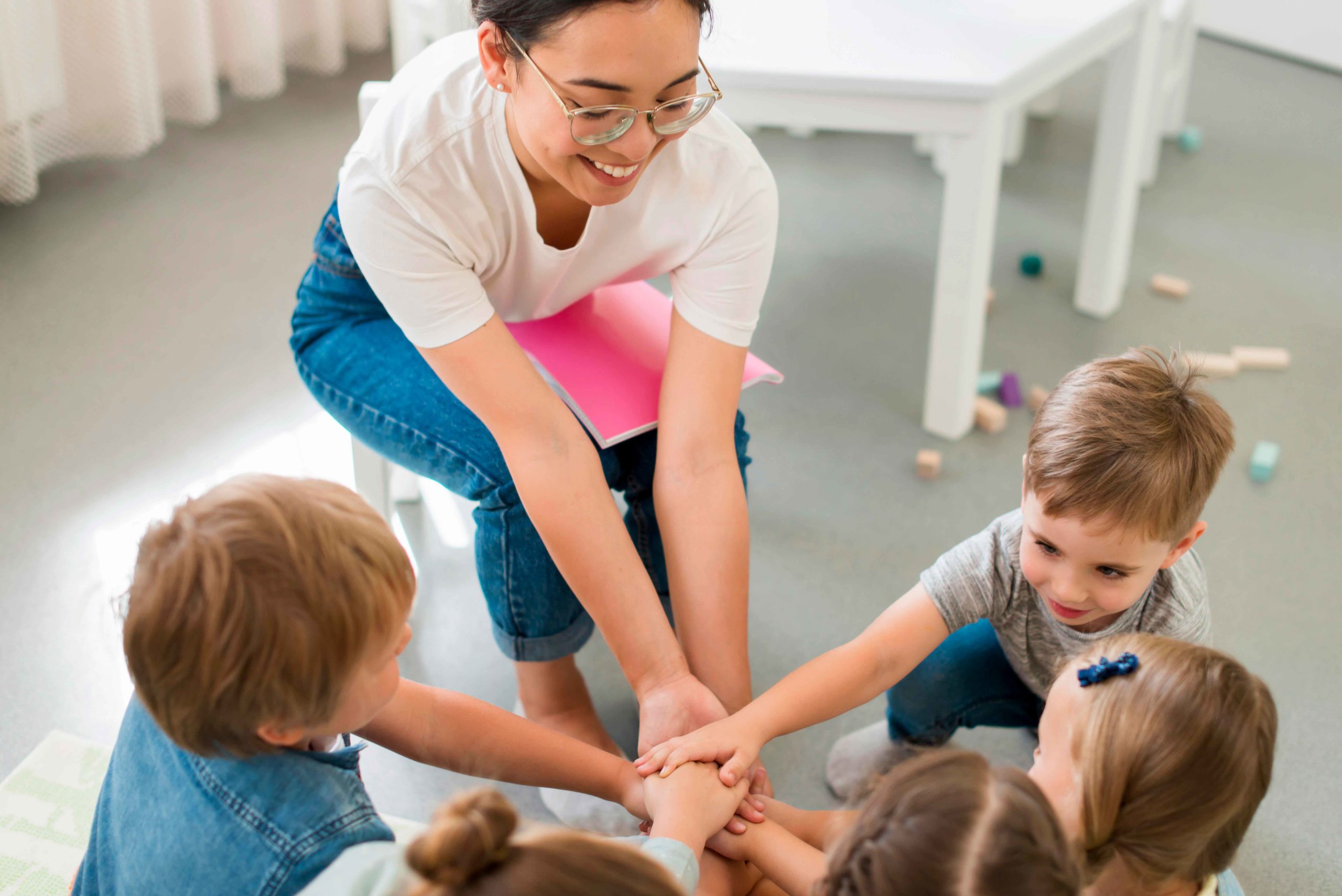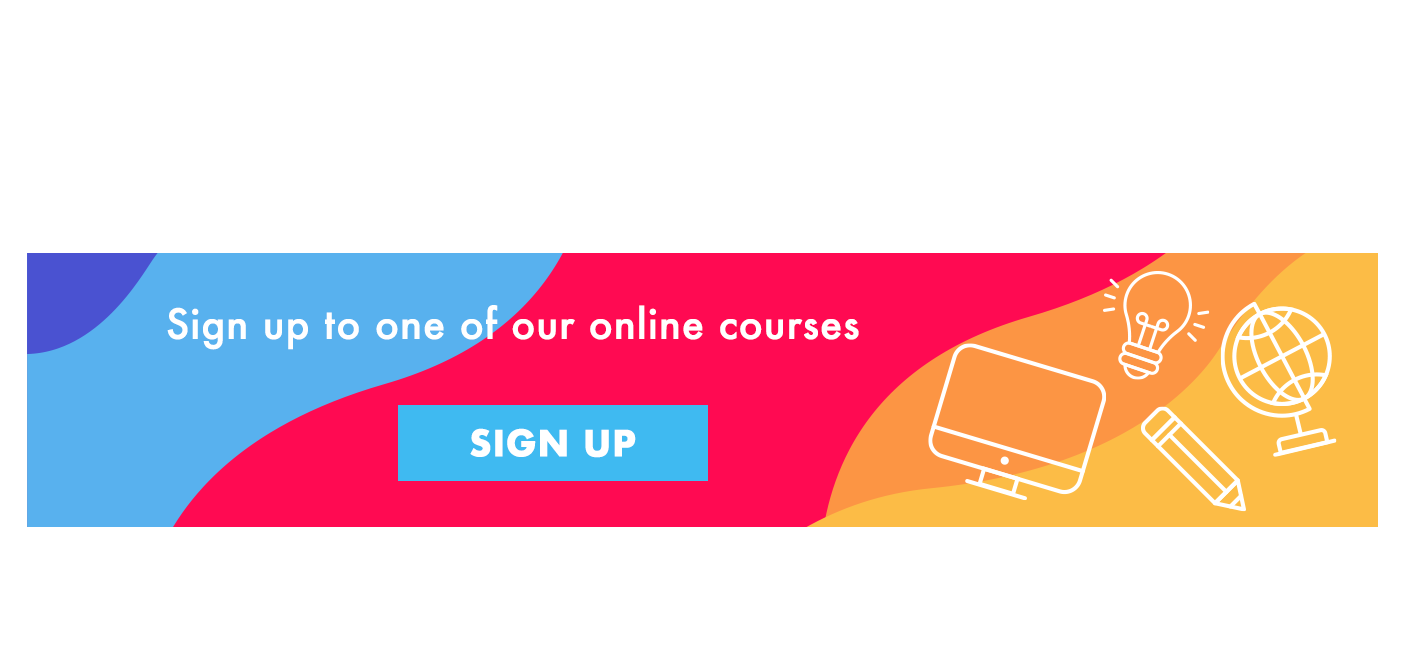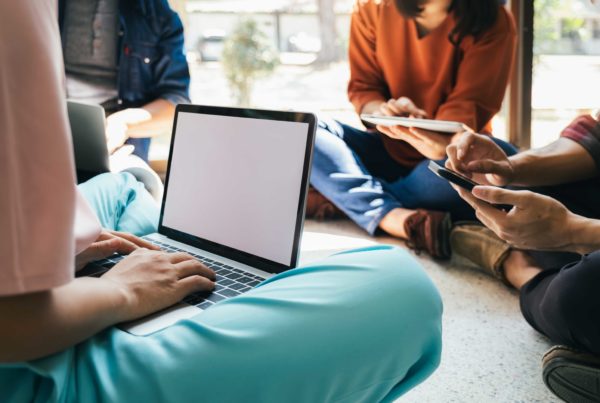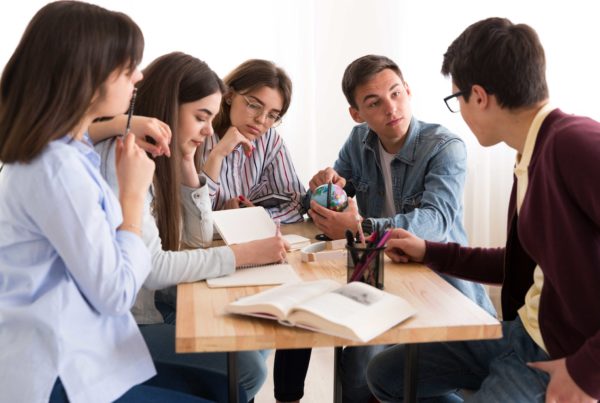Education has a purpose, and this purpose is not solely based on course work and knowledge, but also on the personal growth and development of students. The 5 learning outcomes help to define what this personal growth and progress looks like in a student. They ensure that students are well rounded, have a sense of who they are and can contribute to the world around them, among other things. Many teachers are turning to teaching pedagogies, like service-learning, to facilitate these learning outcomes and to drive student growth and development.
What are the 5 learning outcomes?
Learning outcomes are statements of the knowledge, skills and abilities that individual students should have and should be able to demonstrate upon the completion of a learning experience or sequence of experiences[1]. It is important to note that learning outcomes do differ from school to school, and curriculum to curriculum. The 5 learning outcomes that we feel give the best all-round approach to driving personal growth and development in students focus on the following[2]:
- A strong sense of identity – children feel safe, secure and supported, they show independence, autonomy, resilience, respect for others, care and empathy.
- Connection with and contribution to their world – children develop a sense of belonging, respond to diversity with respect, become aware of fairness, show respect for the environment and become socially responsible.
- Strong sense of wellbeing – students become strong in their social and emotional wellbeing and take responsibility for their own health and wellbeing.
- Confident and involved learners – students develop dispositions for learning such as curiosity, cooperation, confidence, creativity, commitment, enthusiasm, persistence, imagination and reflexivity. They focus on skills that include problem solving, inquiry, experimentation, hypothesising, researching and investigating. They can transfer and adapt what they have learned from one context to another and learn through connecting with people, places, technologies and natural and processed materials.
- Effective communicators – students interact verbally and non-verbally with others for a range of purposes and express ideas and create meaning using a range of media. They also use information and communication technologies to access information, investigate ideas and represent their thinking.
From the above, it is clear that these 5 learning outcomes focus on tracking and managing a student’s progress, not just from a knowledge and work retention level, but on a personal level as well. So how do you ensure that the way you are teaching facilitates these outcomes? The answer is simple, by incorporating teaching techniques and pedagogies that aim to build on these outcomes, like service-learning.
How does service-learning improve on the 5 learning outcomes?
Service-learning connects positive and meaningful action with the community to help meet the needs and apply learning for transfer, agency, and reciprocity. This pedagogy focuses on creating student engagement within the community that will allow for personal growth, skills, and dispositional development, such as empathy to have a meaningful effect on their lives. Educators can use service-learning pedagogies to facilitate experiential learning. This connects what students are learning inside the classroom with what is happening outside the classroom in their community to meet a verified need. Service-learning activities enhance a student’s learning experience by facilitating[3]:
- Critical Thinking – this involves students identifying problems in the community and where they originated. Students are then challenged to generate solutions for the problem by researching and evaluating all information available, ensuring that they look out for possible biases.
- Communication – these activities promote communication and teach students to communicate effectively using writing and speaking skills, encourages them to practice listening skills, understand body language, and helps to teach them how to argue respectfully and effectively.
- Career and Teamwork– service-learning helps to develop strong leadership skills, allows students to work well in a team.
- Civic Responsibility – students are encouraged to get involved in the local community to gain insight into local issues, and are taught how to plan to improve the community. This shows them how to have a positive impact on society and encourages awareness.
- Global Understanding and Citizenship – these activities provide students with opportunities to learn about other cultures and fosters respect for those who are different to them. It provides students with opportunities to speak to people with different opinions and views that may be different from their own. This gives them a more inclusive and open view of the world around them.
- Academic Development and Educational Success – students are challenged to connect what is being learnt in a course to everyday life. These hands-on activities help students to learn better and encourage them to be more committed to their own educational goals.
Through service-learning, students can connect with what they are learning in a way that enhances understanding, retention and the application of the coursework. This directly builds on the 5 learning outcomes. Through service-learning, students learn how to communicate effectively, develop leadership skills and confidence, are exposed to different perspectives that challenge their thoughts and views on the world which all ultimately adds to the development of their self-identity. But what does service-learning look like in a classroom?

Examples of service-learning activities that facilitate 5 learning outcomes
As explained above, service-learning has many benefits that result in personal growth and the development of the 5 learning outcomes in students, but what does service-learning look like in a classroom setting? It is important to note that service-learning activities can be carried out both in a digital learning environment and a physical classroom. Service-learning can also be used across several different subjects and grades depending on the curriculum. Teachers can use teaching techniques like reciprocal and collaborative learning to facilitate service-learning in their classrooms and online. These methods focus on using group activities, discussions and peer to peer collaboration to facilitate service-learning. It is important to verify the needs of the community before selecting a service-learning project. Providing opportunities for agency are key. Below are some fun and creative ways to bring service-learning to life.
Health and wellness focus
- Create a campaign focused on health or prevention topics
- Establish a project that aims to provide elderly members of the community with companionship
- Learn and create a program around good nutrition and its importance to the community
Environmental focus
- Help restore vegetation by regenerating a local conservation site
- Fundraise for money to plant trees or gardens in the community that will feed people
- Grow trees for reforestation in the local community
- Create community gardens to help feed those in need
Art focus
- Hold a silent auction in support of a cause, with artwork created by students around a concept such as Human Rights
- Have students host a holiday art class, create art with community partners
- Use recycling to produce products to generate an income for a community partner
Literacy focus
- Develop booklets on cultures within your school or community. Give them to the library, community partners and the Chamber of Commerce
- Translate Advocacy pamphlets and flyers into other languages to help community members who do not speak English
*For more creative service-learning activities follow the link https://servelearn.co/blog
Conclusion
Service-learning is not confined to the physical world and can be adapted and used both in a classroom or part of an e-learning curriculum. Either way, service-learning has many benefits for students. Service-learning not only creates student engagement in the course work, but it facilitates personal growth in students. Through service-learning students are able to gain new perspectives and understanding, build on communication and leadership skills and find their confidence. Each of these elements ultimately contributes to students reaching the 5 learning outcomes and becoming a well-rounded student and person who is not only sure of themselves, but strives to make the world around them a better place.
For more ways to facilitate service-learning in a digital world click here.
[1] Boston University. 2017. Creating Learning Outcomes. Viewed on: 31 July 2020. Available at http://www.bu.edu/provost/files/2017/06/Creating-Learning-Outcomes-Stanford.pdf
[2] Aussie Childcare Network. 2015. EYLF Learning Outcomes. Viewed on: 25 May 2020. https://aussiechildcarenetwork.com.au/articles/childcare-programming/eylf-learning-outcomes
[3] The University of Nebraska. 2010. Improving Student Learning Outcomes with Service Learning. Viewed on the 20 May 2020. https://digitalcommons.unomaha.edu/cgi/viewcontent.cgi?article=1141&context=slcehighered

Tara brings passion and a deep understanding of service learning, rooted in years of experience, to her training. Her training builds bridges from theory to implementation while generously sharing her resources and knowledge to ensure our success. Tara works with the whole school (administration, teachers, students, and SL leaders) to build a sustainable program that is embedded in the curriculum and tied to the mission. She energized a faculty on a Friday afternoon, no easy feat, leaving them with a desire to learn more about SL and to become more involved. I cannot recommend Tara highly enough.




